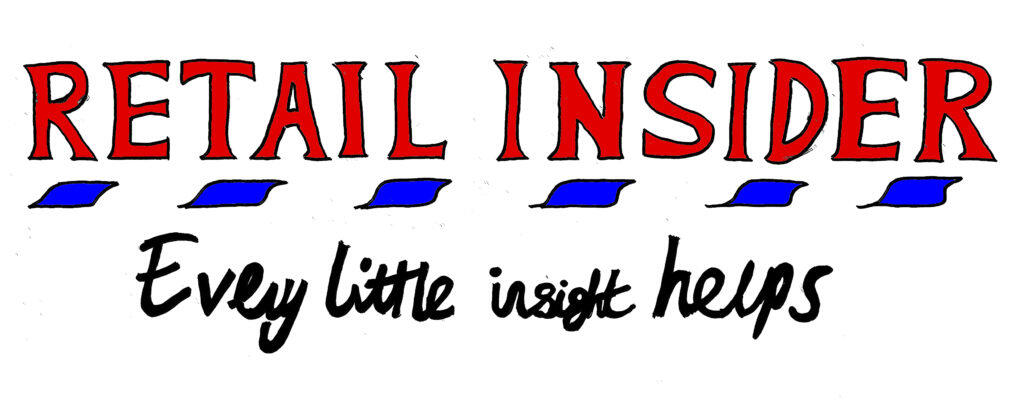The need for friction

The resistance that one surface or object encounters when moving over another is one definition of friction as is conflict or animosity caused by a clash of wills, temperaments or opinions. Whichever way you look at it, this is something retailers and hospitality operators are keen to remove from their organisations.
There has been much talk about making the experience for customers frictionless and covid-19 has certainly driven it up the agenda because it often relates to interactions between employees and customers. It’s about driving greater efficiency and has, invariably, involved introducing technology – whether it is for ordering from the table via an app or QR code or making payments without having to summon a member of the team and deal with card readers.
A recent survey from Ubamarket found 43% of people in Britain want their future shopping experiences to require as little human interaction as possible and this thinking, undoubtedly, correlates with the hospitality industry where an arms race has been taking place to introduce apps and other digitally-based solutions.
Part of the desire for less friction is to speed up the process and the survey found 62% of people wanted to be able to complete their supermarket shop and be out of the store in less than 20 minutes. This is not quite the same scenario in foodservice but there is a growing urgency and impatience fuelled by the capabilities of technology that is now integral to so many activities in our daily lives.
There have been examples in the tech-rich environment of San Francisco where solo bar-goers have instructed the servers to give them another beer whenever their glass runs dry. Meanwhile, they stare at their phones during their whole visit. This kills all interactions after their initial instructions and while it certainly gives them a largely frictionless experience, it is also rather sad.
This suggests friction can be good and bad. Not every process needs to be interaction-free and lightning fast or given over to technology. When buying certain things like a high-performance cycle or jewellery, I’d suggest most people don’t want the exercise to take a matter of minutes but instead want a more immersive, richer and also more relaxed experience. It’s the same with hospitality. Yes, there is an argument that suggests the higher the price points, the longer people are likely to want the interaction to last. While this might ring true in some instances, it is probably rather too simplistic.
I’ve become a bit of a sucker for choosing the wine pairing option on certain menus. This is not just because these drinks enhance the individual dishes but also because they give me an opportunity to engage with the sommelier at regular intervals. I’m intentionally adding friction.
The apogee of this for me (to date at least) was a meal at London’s Pied à Terre in 2016 when original chef Richard Neat returned for a celebratory 25th anniversary week to cook some of the dishes that helped make his name and gain two Michelin stars. The two different set menus, enjoyed by my wife and I, came with nine wines each. This involved me in a guess-the-wine game with the sommelier for the 18 wines served. This is not everyone’s cup of tea, and it requires an understanding partner, but it dramatically enhanced my experience.

A recent visit to The Roth Bar & Grill at the Hauser & Wirth gallery in Somerset highlighted another form of friction in the dining experience – art. Its dining room walls are filled with about 100 contemporary works that change throughout the year and provide another driver of interaction (also known as friction) between guests and the front-of-house team. Each member of the team is assigned five artworks that they are expected to know in sufficient detail in order to engage with guests when required and answer any questions – and maybe even help to sell one.
US-based urban activist Jane Jacobs wrote “The Death and Life of Great American Cities” in 1961, arguing the case against the rising “rationalist” movement that was making cities more efficient with fewer people in them and placing them within defined areas. As we, today, reassess our cities in light of covid-19, it is worth chewing over her point that isolating people does indeed reduce friction but it is this very dynamic that, ultimately, makes cities the places where people want to be. It’s surely the same with restaurants and bars.
Glynn Davis, editor of Retail Insider
This piece was originally published on Propel Info where Glynn Davis writes a regular Friday opinion piece. Retail Insider would like to thank Propel for allowing the reproduction of this column.
